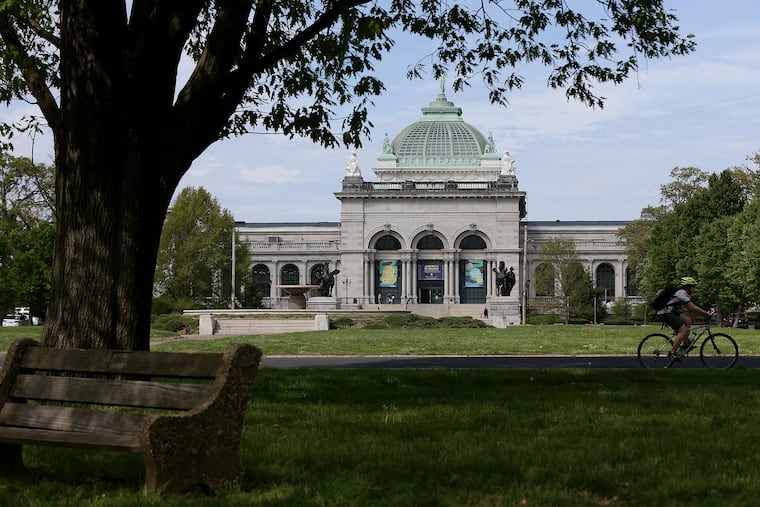What happened to the buildings from the 1876 Centennial in Fairmount Park?
The exposition on the banks of the Schuylkill — the first World’s Fair in the United States — featured some 200 buildings. Just two remain.

The exposition on the banks of the Schuylkill — the first World’s Fair in the United States — featured some 200 buildings. Just two remain.
